TouchDRO
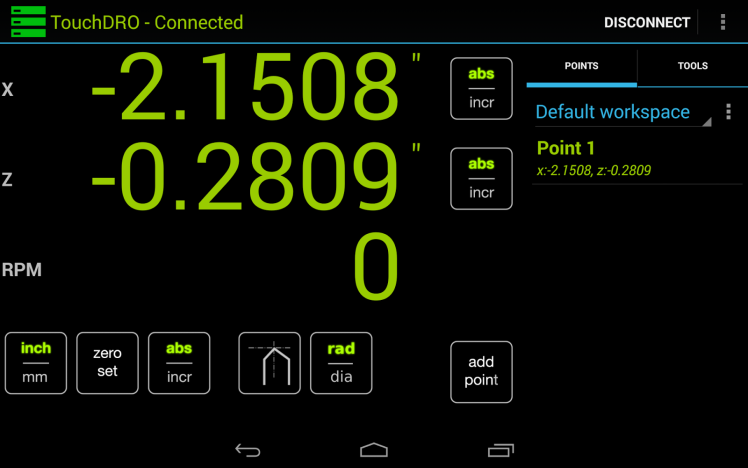

For the Aion FX Radian Germanium Boost diy kit
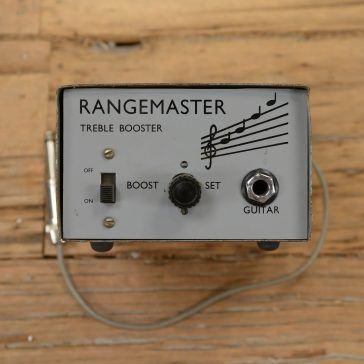
The Radian Germanium Boost is an adaptation of the Rangemaster Treble Booster produced by Dallas Musical Ltd. of London beginning in 1965. (Dallas would later merge with Arbiter Electronics to form Dallas-Arbiter, best known for the Fuzz Face.)
The Rangemaster was originally designed to add treble content to somewhat dark British amplifiers such as the Vox AC30, but it took on a life of its own in the hands of Brian May, Tony Iommi, Rory Gallagher, and several other highly-regarded guitarists of that era.
The original Rangemaster was not actually a pedal, but rather a freestanding unit that was intended to sit on top of the amplifier. Bypass was done via a slide switch on the front of the unit, so it wasn’t practical to turn it on and off while playing, and it was used as an always-on tone enhancer.
The Radian is a pedal conversion of the Rangemaster with one big enhancement: a voltage inverter has been added which allows it to be powered with a standard center-negative adapter while maintaining the positive-ground operation of the original. The PCB also includes a biasing trim pot so you can dial in a perfect bias without having to swap out resistors.
The other enhancement is a “Range” toggle switch that lets you choose between a treble boost, mid boost, or full-range boost. The treble-boost effect in this circuit is achieved by first cutting low frequencies, then boosting the whole signal so that the lows are restored to normal and the treble frequencies are emphasized. This toggle switch lowers the low-frequency cutoff point so that less of the signal is cut and more is boosted.
all self-drilled/tapped hidden joints and external doors with magnet/metal strips and printed hinges and handles. 2020 extrusions with 3mm plexiglass side panels and 6mm dibond floor panel
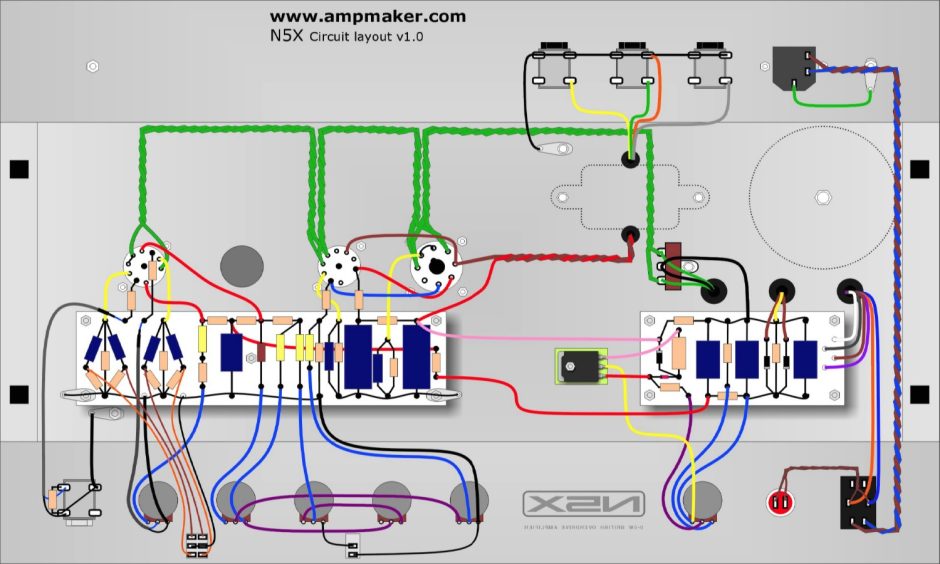
As I’m gearing up to make this N5X British Overdrive amplifier DIY kit
as a buddy for the Marshall DSL5CR with upgraded Celestion G10 Vintage,
printed sticker drill template on polycarbonate
3mm through holes, 3.5x2mm sunk holes and 10mm through holes for Lorlin CK1029, 18.3mm through hole for 9 pin vacuum tube socket, 25mm through hole for 8 pin vacuum tube socket with 35x2mm sunk hole.
follow the whole build here: µTracer 3+ build
follow the whole build here: µTracer 3+ build
Part 10. boost convertors and HV switches construction
follow the whole build here: µTracer 3+ build
Part 9. current amplifiers construction
Part 9. current amplifiers testing
follow the whole build here: µTracer 3+ build
Part 8. grid bias circuit construction
Part 8. grid bias circuit testing and calibration
measuring -12.64 Volt regardless of Calibration slider after making one mistake
I put D21 (HER108) in the spot of D12
during step C9 I found out (because I had 2 more items left instead of 1)
I unsoldered HER108 and put in D21 and then put the correct 1N5934 in D12
follow the whole build here: µTracer 3+ build
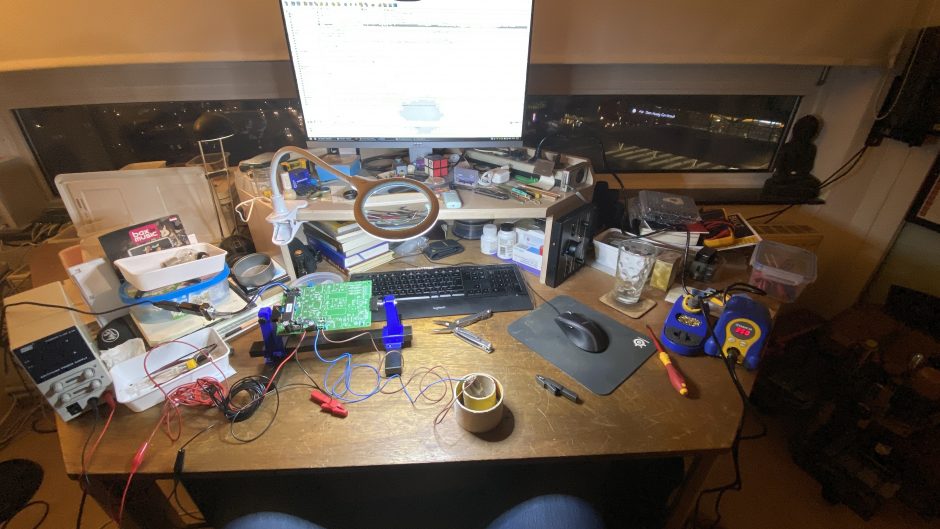
Part 6. heater supply construction
Part 6. heater supply testing
Part 7. negative power supply construction
Part 7. negative power supply testing
follow the whole build here: µTracer 3+ build
Part 4. RS232 interface construction
Part 4. RS232 interface testing
Part 5. micro controller construction
Part 5. micro controller testing
Part 5. micro controller calibration
follow the whole build here: µTracer 3+ build
https://www.dos4ever.com/uTracer3/uTracer3_pag0.html
Part 1. the GUI installation
Part 1. the GUI testing
Part 2. RS232 connector cable construction
Part 2. RS232 connector cable testing
Part 3. voltage regulators construction
Part 3. voltage regulators testing
follow the whole build here: µTracer 3+ build
Read more
See more: µTracer 3+ a small but powerful tube-tester / tube curve-tracer
follow my own build here: https://www.mcha.nl/tag/%c2%b5tracer-3/?order=asc


-PC Status: Overall this PC is performing above expectations (70th percentile). This means that out of 100 PCs with exactly the same components, 30 performed better. The overall PC percentile is the average of each of its individual components.
-Processor: With an outstanding single core score, this CPU is the cat’s whiskers: It demolishes everyday tasks such as web browsing, office apps and audio/video playback. Additionally this processor can handle typical workstation, and even moderate server workloads. Finally, with a gaming score of 90.6%, this CPU’s suitability for 3D gaming is excellent.
-Graphics: 70.5% is a good 3D score. This GPU can handle the majority of recent games at high resolutions and ultra detail levels.
-Boot Drive: 121% is an exceptional SSD score. This drive is suitable for heavy workstation use, it will facilitate fast boots, responsive applications and allow for fast transfers of multi-gigabyte files.
-Memory: 32GB is enough RAM to run any version of Windows and it’s far more than any current game requires. 32GB will also allow for large file and system caches, virtual machine hosting, software development, video editing and batch multimedia processing.
-OS Version: Windows 10 is the most recent version of Windows, and the best to date in our opinion.
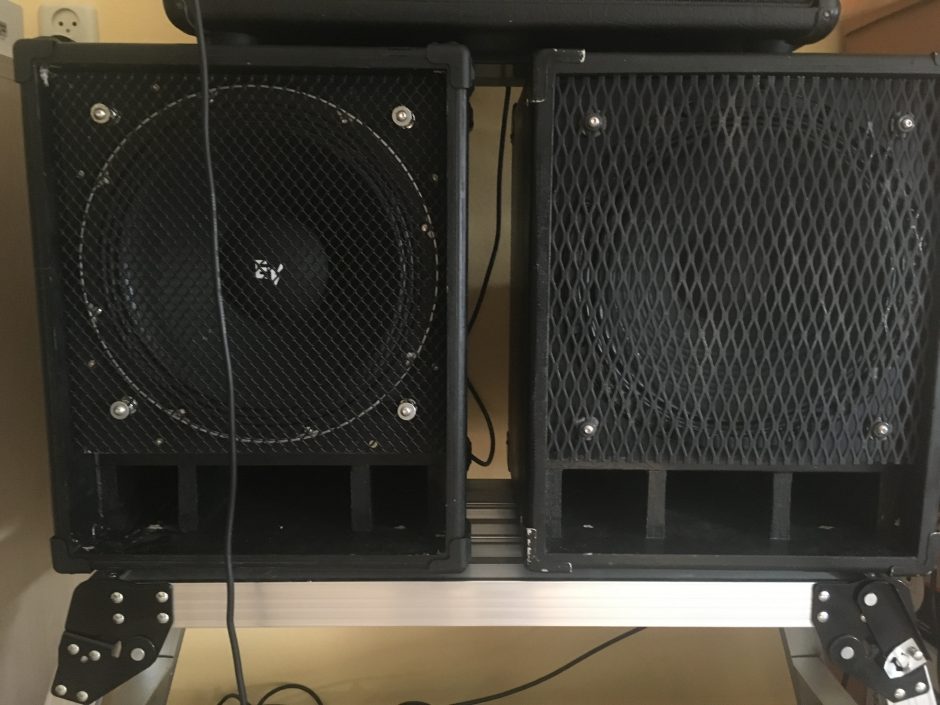
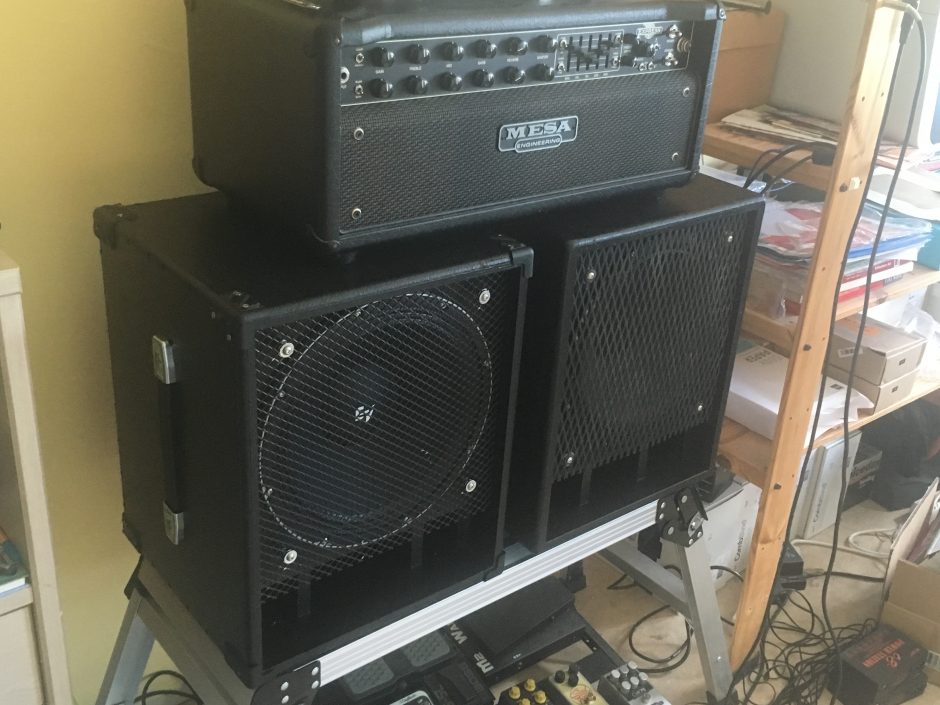
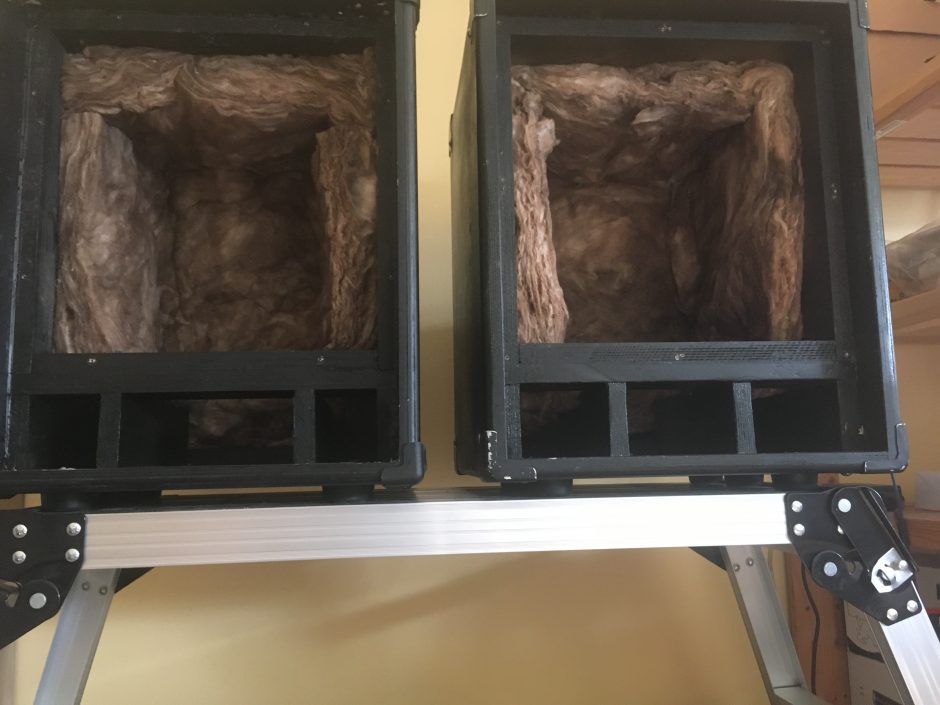
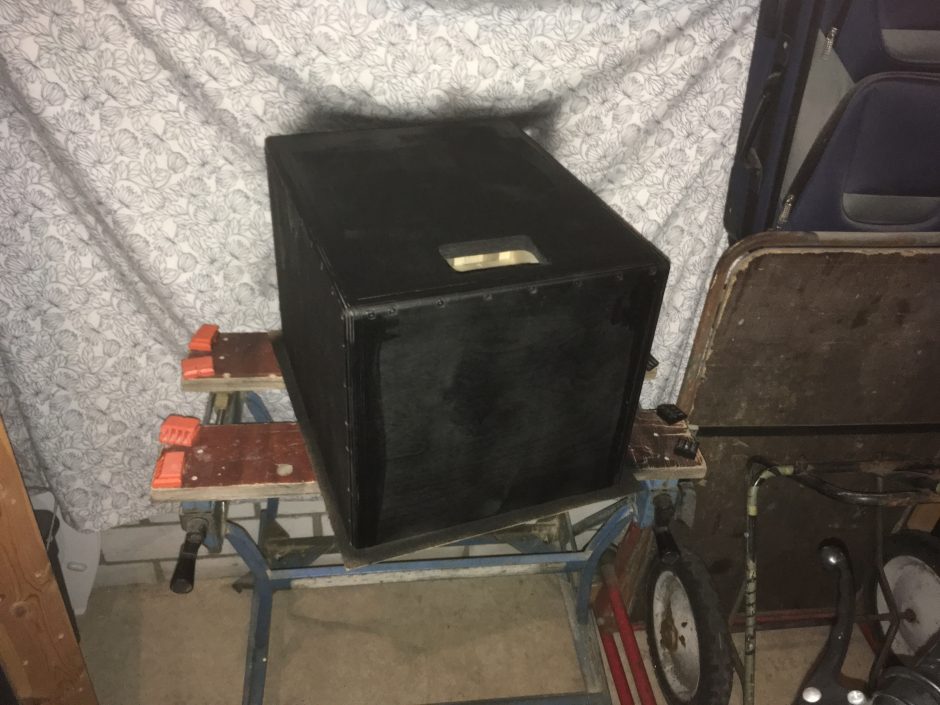
Build Day 2:
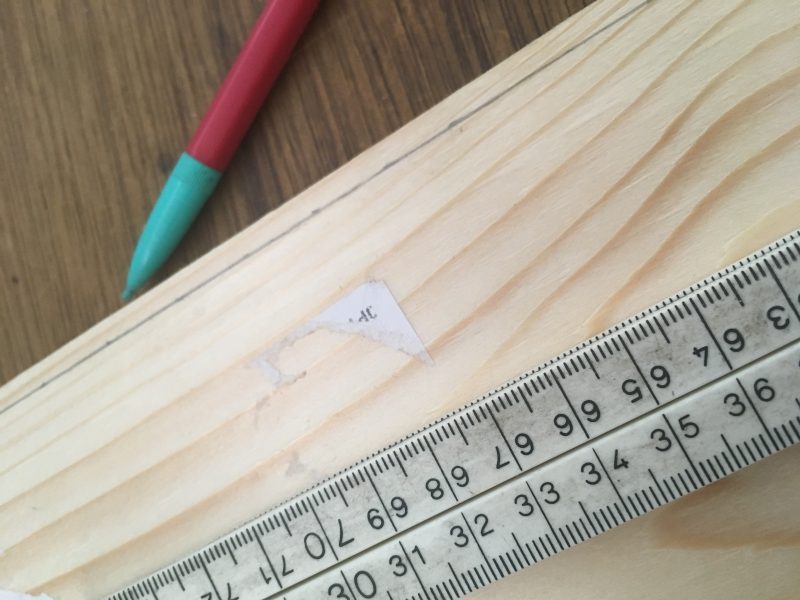
Build Day 3:
Part 1 here: Electro-Voice TL806
The Electro-Voice TL806 low frequency loudspeaker system is a vented-box (bass-reflex) design with gross internal volume of 1.3 cu. ft. (36.8119005696 Liters) The system has been designed for use with the Electro-Voice EVM12L 12 inch loudspeaker. The usable frequency range of the TL806 is roughly 60 to 1600 Hz. The efficiency of the TL806 is 6% (half-space load, 100 to 800 Hz, 8 ohm nominal impedance) and as a result will generate outputs of 6 acoustic watts at the rated input of 100 watts.
The design provides a selection of two different low frequency response curves by the optional use of a removable port cover. In the normal configuration (port cover off) the response is flat down to the lowest possible frequency. In the step-down configuration (port cover on) the response exhibits a sloping gradual low frequency rolloff but with about a one-half octave extension of low end response. The step down mode of operation is intended to be used with simple before-the-power-amp equalization to flatten the response (only 6 dB maximum boost required, equalizer details available on request).
Follow more here: https://www.mcha.nl/tag/thiele/?order=asc
Source: Mad Mule Vertical – Neil Young’s Weld and Rust tones in a box
Source: Brassmaster Bass Fuzz
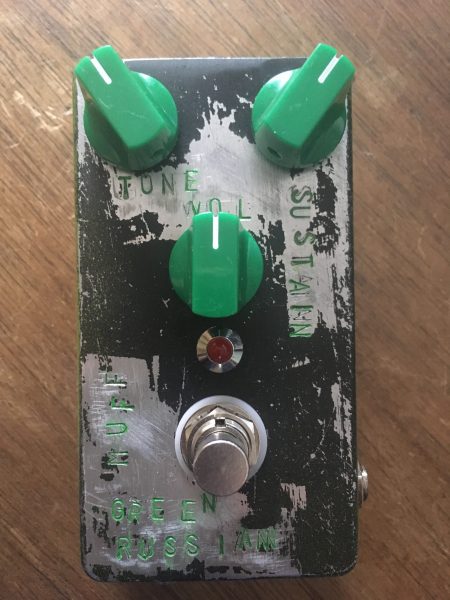
Now listen to this:
costs: roughly 20 euros

From 1964 to now, the GHS Boomers® series has been the flagship set of GHS Strings. Used by musicians in every genre, the Boomers® have shown to stand up to any playing style. Now known as “The Power String”, GHS Boomers® continue to make their mark on music across the world. The roundwound guitar set is made with Nickel-Plated steel wrapped tightly around a round core wire. The combination provides the string with its bright characteristic and long-lasting tone.